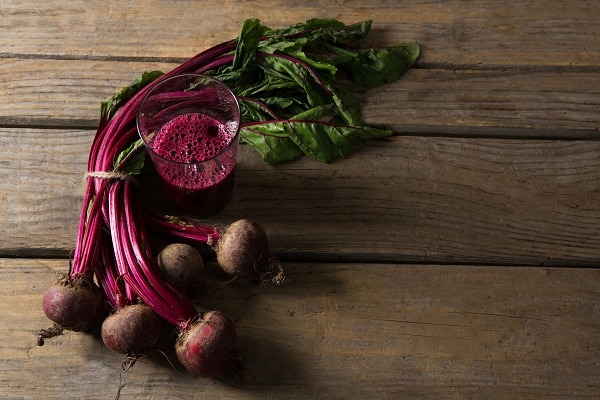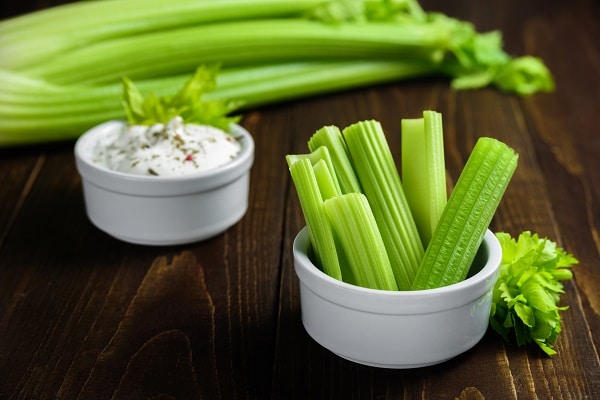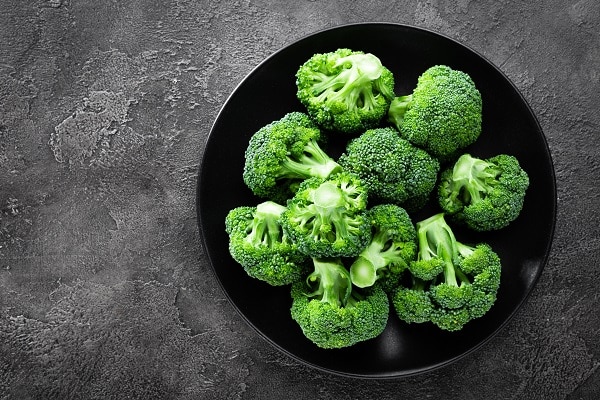What are some foods that can lower your blood pressure? That is a question many people ask themselves when trying to find ways to improve their health. Many different factors contribute to high blood pressure, such as obesity, age, and genetics. The key is understanding what healthy diet you should be following to ensure adequate nutrition while minimizing the risk of developing high blood pressure issues. This article will cover ten foods that lower blood pressure if you consume them on a regular basis.
Spinach
Spinach is rich in nitrates which improve cardiovascular health. In one study, participants who ate spinach daily had a seven percent reduction in blood pressure. Spinach contains a variety of vitamins, minerals, and antioxidants. There are many ways to add spinach to your diet, such as adding it to salads or smoothies. If you’re not a fan of spinach, other leafy greens such as kale and collard greens also contain nitrates.
Oranges
Oranges are not only delicious, but they can help lower blood pressure levels. Oranges contain high concentrations of flavonoids, which play an important role in preventing cardiovascular disease. One study found that participants who ate oranges daily had reduced systolic blood pressure by ten points after six weeks compared to those who did not eat oranges regularly during this time period. You can also drink orange juice or check for frozen orange concentrate at your local grocery store so you can enjoy the health benefits offered by these tasty fruits anytime.
Flax And Chia Seeds
Flax and chia seeds are great sources of omega-three fatty acids, which lower blood pressure. Both flax and chia seed oil contain alpha-linolenic acid and lignans, both of which can help reduce high blood pressure levels. They also contain fiber which can help regulate digestion. You can add flax and chia seeds to your morning oatmeal or yogurt, or you can purchase ground flaxseed or chia seed powder to use in baking recipes. You should try to consume at least two tablespoons of these seeds per day.
Beets
Beets are root vegetables high in nitrates which can help lower blood pressure levels. In one study, participants who ate beets daily had a reduction in blood pressure of five points systolic and four points diastolic after just two weeks. Beets are very high in antioxidants which can protect your body against damage. You can enjoy beets cooked or raw by adding them to salads or smoothies. If you’re not a fan of the taste of beets, you can also purchase beet juice or powder to add to your favorite recipes.
Carrots
Carrots are root vegetables that contain high amounts of Vitamin A. Carrots also contain vitamin K and potassium, both of which play an important role in cardiovascular health. You can add carrots to your salads or eat them raw as a snack by themselves. If you want the most nutrients possible from this healthy vegetable, try adding carrot juice into your smoothie recipes instead of water for added flavor.
Garlic
Garlic contains allicin which is known for its ability to lower blood pressure levels due to its vasodilation properties (widening the arteries). According to one study, garlic extract supplements reduce systolic blood pressure by up to twelve points after six weeks of use. If possible, purchase fresh whole cloves instead of packaged minced garlic because they contain more nutrients than processed forms. Cook with it if you like the taste but remember that cooking garlic destroys some of the allicin. You can also purchase garlic oil supplements if you don’t like to eat them fresh or cooked.
Beans
Beans are not only a good source of protein, but they are also rich in potassium, magnesium, and calcium. All of these minerals lower blood pressure levels. In addition, beans are high in fiber which is beneficial for overall health. There are many different beans available, so you can find one that you enjoy eating. Easy ways to include beans into your diet include adding them to burritos, tacos, salads, or soup.
Celery
Celery helps regulate blood pressure levels due to its diuretic effects. It also contains luteolin, an antioxidant that can help protect the body against damage. You can eat celery raw or cooked. It’s a great addition to salads, or you can blend it up with other vegetables to make a healthy juice or smoothie. If you want to enjoy the health benefits of celery without chewing on crunchy stalks, you can purchase celery juice or powder, which you can add to smoothies or other recipes.
Broccoli
Broccoli is a cruciferous vegetable that is high in antioxidants and fiber. It has been shown to help reduce blood pressure levels and improve heart health. Broccoli is also a good source of vitamins C and K. If you’re not a fan of eating broccoli raw, you can cook it in many different ways. You can add it to stir-frys, pasta dishes, or rice bowls. If you’re looking for a healthy snack alternative, try chopping up some broccoli and adding it to your favorite dip.
Berries
Berries such as strawberries and blueberries contain anthocyanins which lower systolic blood pressure by up to six points in just two weeks, according to one study. Berries are also high in fiber, vitamin C, and potassium. You can eat berries raw as a snack, or you can add them to your favorite breakfast cereal or smoothie recipes. You can add them fresh or frozen into smoothies, yogurt parfaits, baked goods, or muffins for a tasty treat that is also healthy and low in sodium and sugar content.
Conclusion
As you can see, many different foods lower blood pressure, so it’s important to incorporate them into your diet. Remember to eat whole, unprocessed foods if possible and avoid products with added salt or sugar because they impact blood pressure levels and negatively affect overall health. Always make sure to talk to your doctor if you are concerned about your blood pressure levels and make dietary changes under their supervision.









